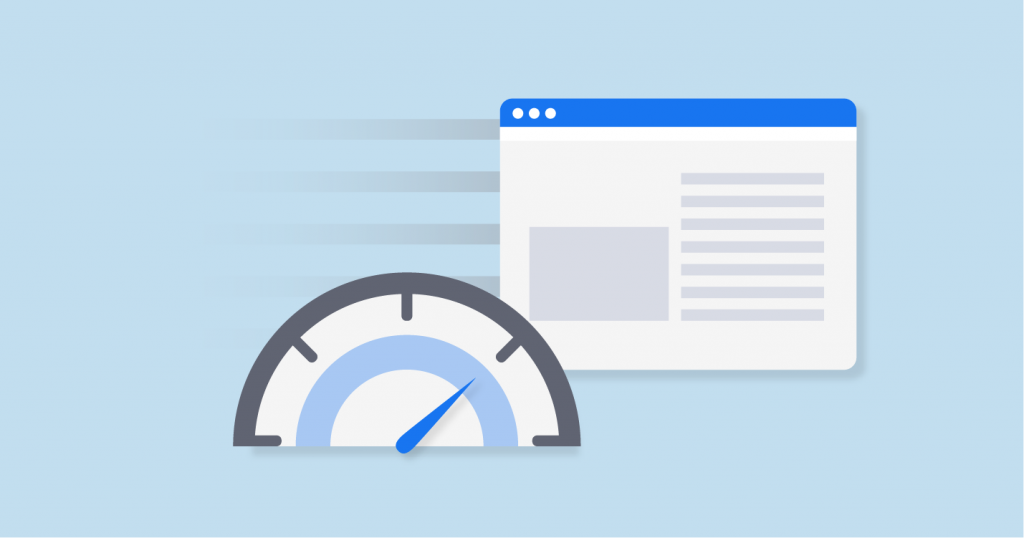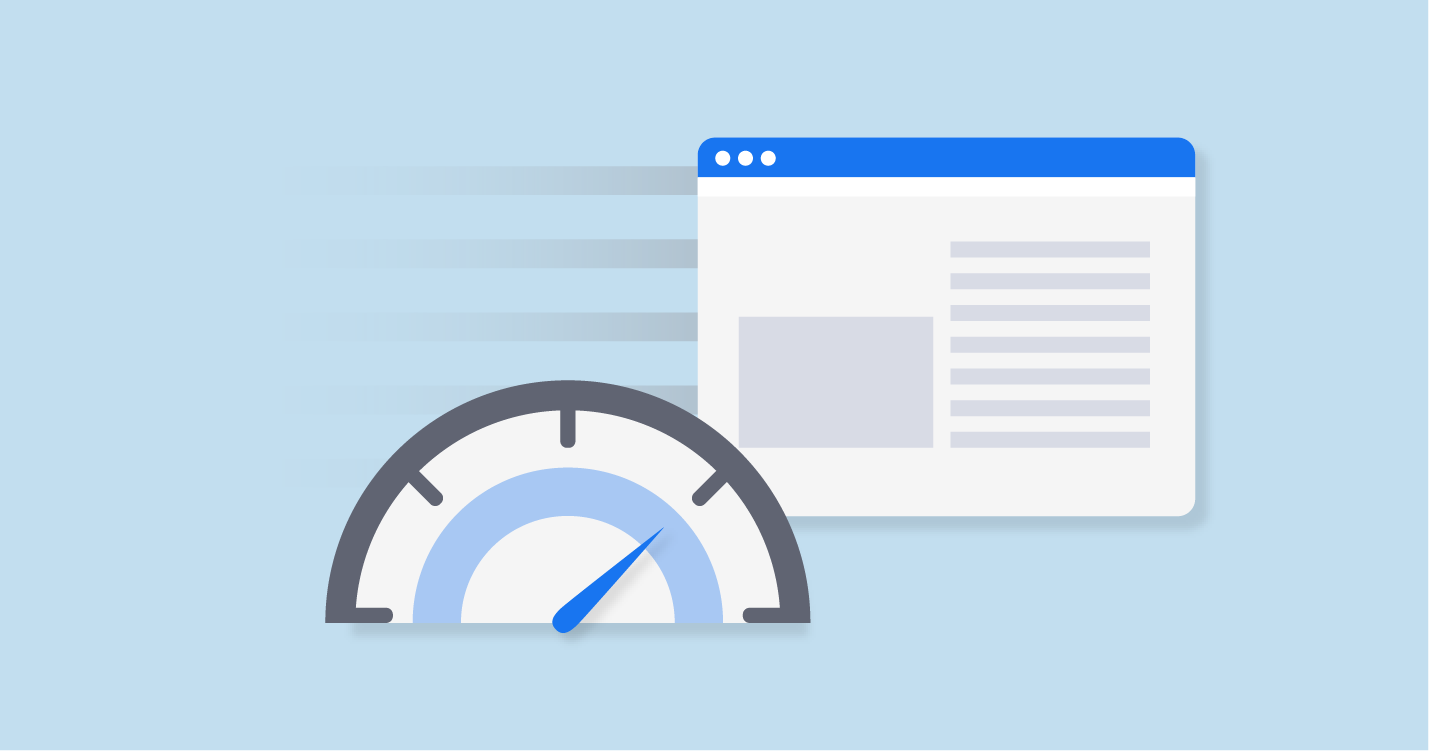When it comes to the speed of load for a website, one of the best and easiest ways to reduce load time is by caching the website. In its  simplest form, caching is a way of storing pages that do not change much, so that resources are not having to be resent and calculated (which all takes time to load). We, humans, cache all the time. What’s 9 x 7? 63. We didn’t have to rework this out. We remembered what 9 x 7, the same way we can recall a lot of information from memory. We cache information without knowing all the time.
simplest form, caching is a way of storing pages that do not change much, so that resources are not having to be resent and calculated (which all takes time to load). We, humans, cache all the time. What’s 9 x 7? 63. We didn’t have to rework this out. We remembered what 9 x 7, the same way we can recall a lot of information from memory. We cache information without knowing all the time.
Even though caching a website is a great idea to do to improve load speed, it needs to be taken care of with caution. There are some pointers website owners need to take into consideration when caching their website, which I’ll go through below (from my experience of caching).
Cache Age
The first setting, and possibly the most important, is the cache age. This is how long you are happy for the cache (snapshot of website) is to be stored before being refreshed and recached.
If you are going to choose a short cache age, it would make sense to preload the cache every time the cache age expires. Preloading the cache is a way of making your website load all its pages to store as a cache. This means the web users don’t do this, so they are more likely to see a cached and quicker version of the website.
The shorter this time, the more the cache will be refreshed, and the less likely the cache will improve website performance (since it is having to recall the website still quite a lot). Setting this age to longer will significantly reduce your website load speed since it is being recached less. However, this should only be done if your content/website does not change.
Double Caching?
Although it is frowned upon to cache twice, I have not yet experienced any significant issues doing this.
An example is that it is critical to cache on the server level, otherwise, CPUs of dedicated servers cannot handle the traffic. But, if you use a proxy, such as Ezoic or a CDN, they will also be caching too.
The only issue I have found from this is the possibility of not aligning the caches. For example, if you make a change, and forget to clear one of the caches, it is unlikely you will see the change you made live on the website until all the caches are cleared.
Use Responsive Theme
If you use a responsive theme, the cache of the desktop version will equally work on the mobile version too. If you don’t use a responsive theme, you will need to store to caches to account for the desktop and the mobile version.
Considering that Google has recently moved all crawling to the mobile version, things can get very messy, if the content is lost between desktop and mobile caches. For this reason, it is important to make sure your desktop/mobile caches are aligned: the easiest way to do this is through having a responsive theme.



